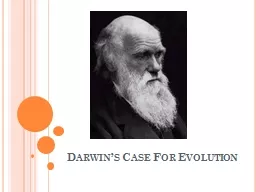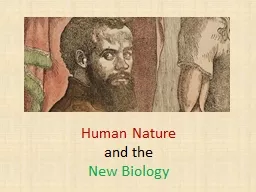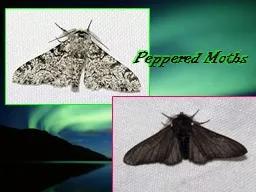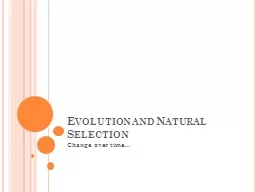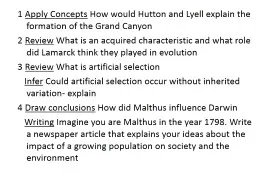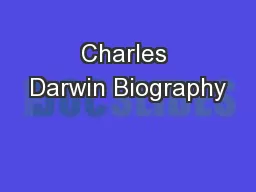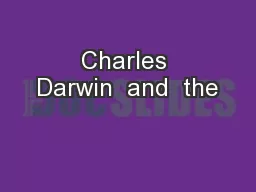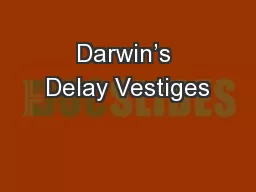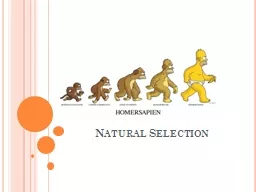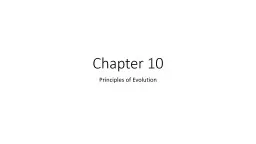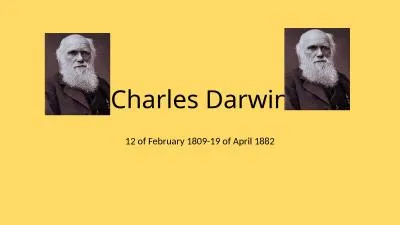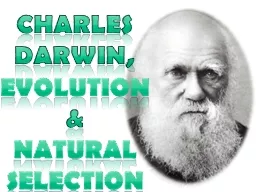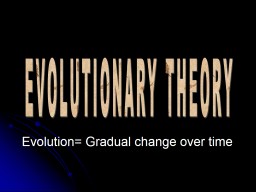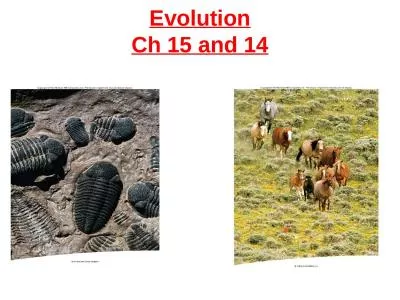PPT-Darwin’s Case For Evolution
Author : kittie-lecroy | Published Date : 2017-03-27
Struggle for existence High birth rates and shortage of lifes needs Food and living space Fitness ability to survive and reproduce in your environment Survival
Presentation Embed Code
Download Presentation
Download Presentation The PPT/PDF document "Darwin’s Case For Evolution" is the property of its rightful owner. Permission is granted to download and print the materials on this website for personal, non-commercial use only, and to display it on your personal computer provided you do not modify the materials and that you retain all copyright notices contained in the materials. By downloading content from our website, you accept the terms of this agreement.
Darwin’s Case For Evolution: Transcript
Download Rules Of Document
"Darwin’s Case For Evolution"The content belongs to its owner. You may download and print it for personal use, without modification, and keep all copyright notices. By downloading, you agree to these terms.
Related Documents

